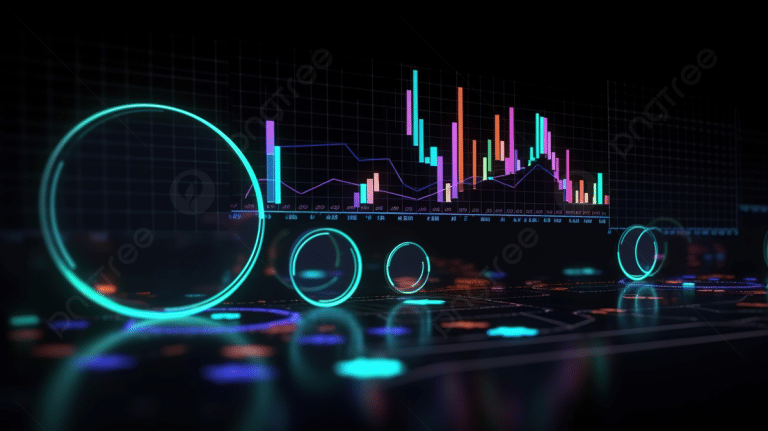Amidst the AI-driven retail landscape, luxury brands are swiftly embracing personalized digital solutions, to render best-in-class customer experience. Chatbots for shopping have become a new norm for any brand that serves their customer online via e-commerce.
As the demand for luxury goods skyrockets, brands are actively seeking unique ways to set themselves apart. McKinsey’s insights offer compelling data — highlighting a significant 15% boost in customer satisfaction and an impressive 12% rise in average transaction value. These AI chatbots serve as more than just tools; they ensure brands stay current, while also driving revenue growth and fostering a profound bond with their discerning customers.
Will shoppers now move to a digital interface for e-commerce?
Table of Contents
Big Data and AI
Most luxury brands have a wealth of information available on their consumers’ behavioral habits which can be collected and processed to acquire, up-sell, and cross-sell loyal customers.
Making sense of all the available data is a challenge.
As a result, some premium brands are now experimenting with artificial intelligence technologies to generate and manage a large amount of information about their users and deliver timely and personalized recommendations.
Artificial intelligence enables brands to better leverage consumer data to promote the right products at the perfect time on the ideal channel.
Companies that have the vision and capabilities to generate valuable insights from their customers while respecting their privacy will win over the long run.
4 Innovations relevant to luxury brands
If brands are willing to leverage AI-powered technologies, they can reach targeted audiences with precision and deliver personalized online experiences. There are 4 innovations in the market right now that can help luxury retailers build up their game.
1. Chatbots for Shopping
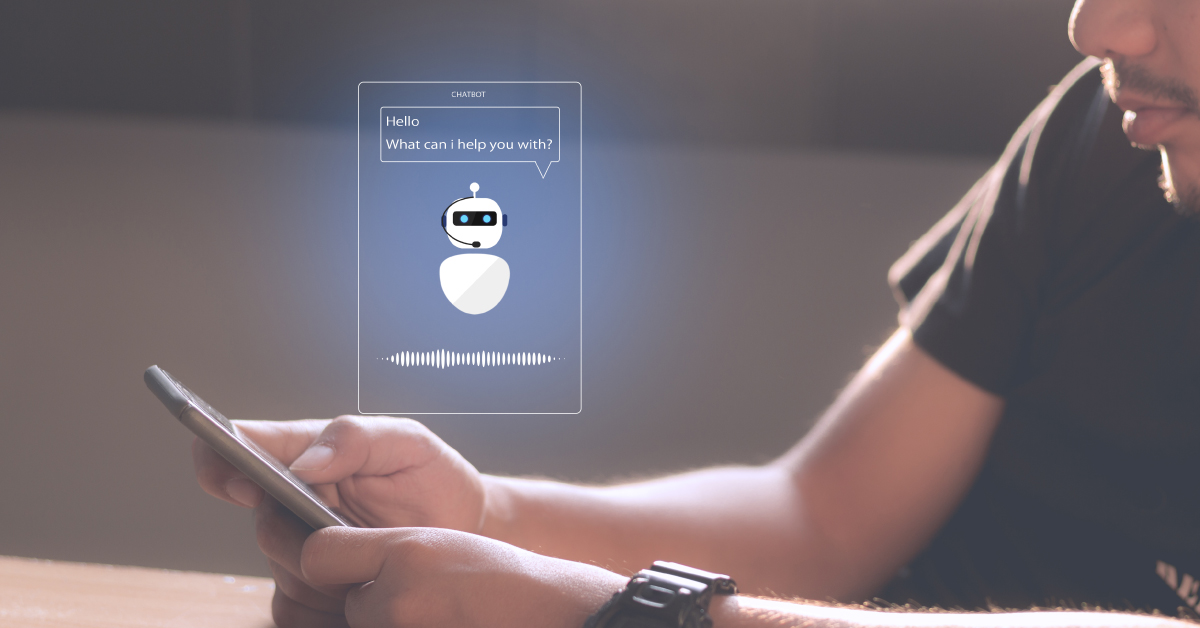
AI-powered chatbots can provide extra support to brands’ customer service strategies.
These chatbots are beginning to manage parts of the customer service experience in a cheaper and more efficient manner.
Basic chatbot functionalities (such as order status updates, product comparisons, and stock availability) are becoming commonplace on e-commerce websites. Chatbots can answer questions day and night, but also instantly record valuable customer information, understand behavior patterns, and make real-time decisions.
Some luxury brands such as Louis Vuitton, Burberry, Tommy Hilfiger, Dior, and Estée Lauder have already implemented their own chatbots.
2. Machine learning
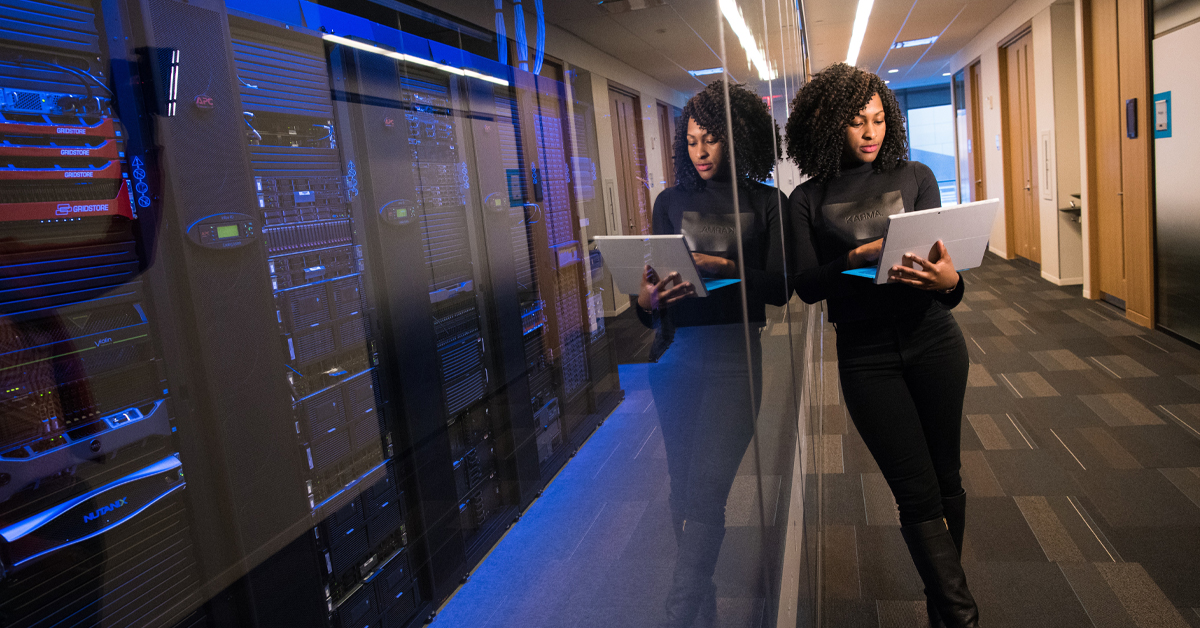
Machine Learning helps feed data to machines and lets them learn by themselves to make accurate predictions. Machine learning improves automatically through experience. Machine Learning can help luxury brands offer highly personalized and relevant recommendations to each individual shopper.
3. Voice recognition
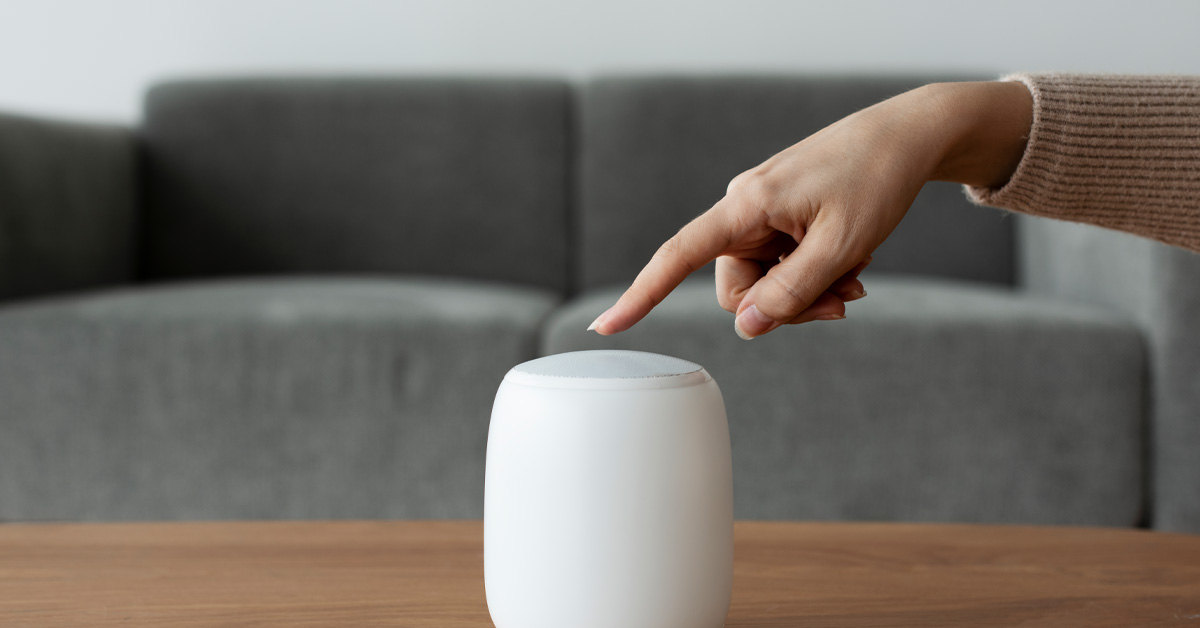
Voice Search uses AI to allow shoppers to search for items using speech. Conversational artificial intelligence enables customers to interact with luxury brands in ways that are convenient and highly personalized.
Voice technology and natural language recognition are hinting at a transition toward voice-assisted shopping.
4. Image recognition

AI-enabled facial recognition is changing the face of online luxury retail. For affluent consumers who opt to allow images of their faces to be captured for a more personalized experience. Sephora’s online Visual Artist allows potential customers to upload a photo of themselves to “try on” makeup and experience how various products would look on them.
5 Luxury Brands that are using chatbots for their growth in business
Let’s take a look at five luxury brands that are using chatbots for their business growth.
1. Burberry – Luxury Brands Using Chatbots

Burberry launched its chatbot during NY Fashion Week in September 2016.
Originally, the bot allowed fans and customers to travel behind the scenes of their September collections and gave fans the choice to shoot the looks they liked and then shop the pieces from the style show directly from the app.
Burberry went one step further, using its messenger bot to send push notifications to each person who had previously interacted with it.
The bot is now offering a good sort of service, from the facility to asking Customer Service about an issue to have the ability to browse and shop at the gathering. The bot also offers a live chat with a Burberry consultant and even a store locator function that permits you to book an Uber ride to require you to the maker’s house to see the brand’s exhibition.
2. Tommy Hilfiger
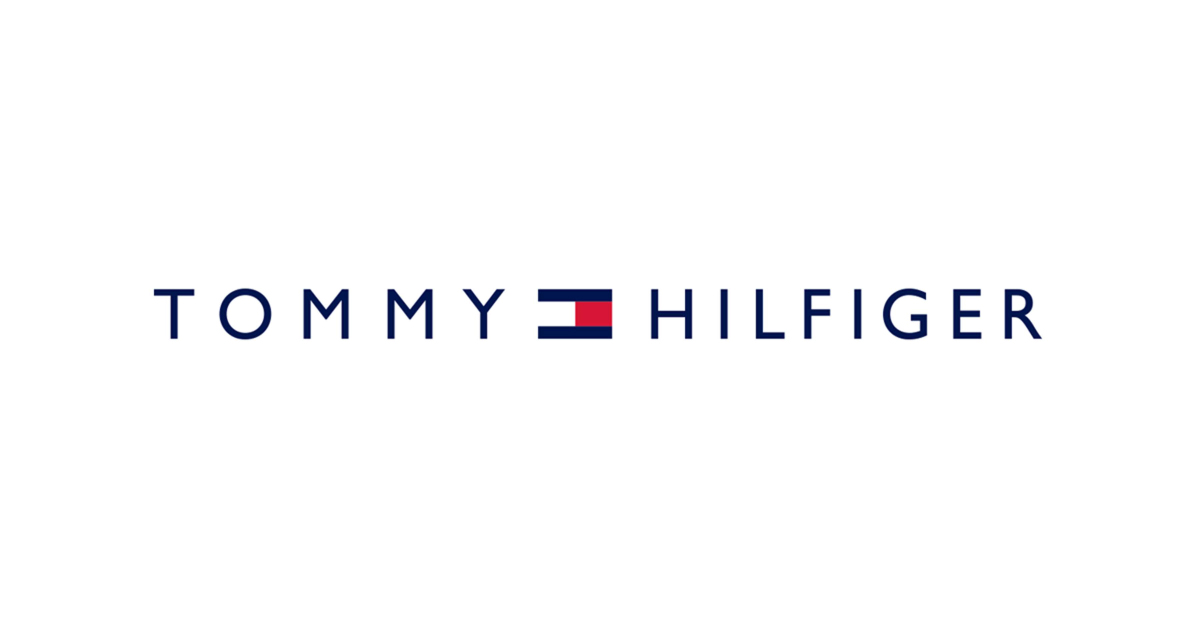
Tommy Hilfiger introduced it during the NY Fashion Week in September 2016 when the brand announced its partnership with supermodel Gigi Hadid. The head goal of the bot was, and still is, to manage traffic to their website and produce a personalized customer experience around their new collection.
The user is given three options to orientate the conversation: get fashion styling advice, browse the complete collection, or take a glance behind the scenes at the newest fashion show starring Gigi Hadid.
They then suggest a couple of looks matching your answers. You don’t like the suggestions? No worries, you’ll easily change your look, discover more, or shop the pieces. Everything is designed within Messenger.
If you would like to buy the design, you’ll just need to give your country, choose your size, and therefore the bot will immediately tell you if it’s available.
3. Audemars Piguet
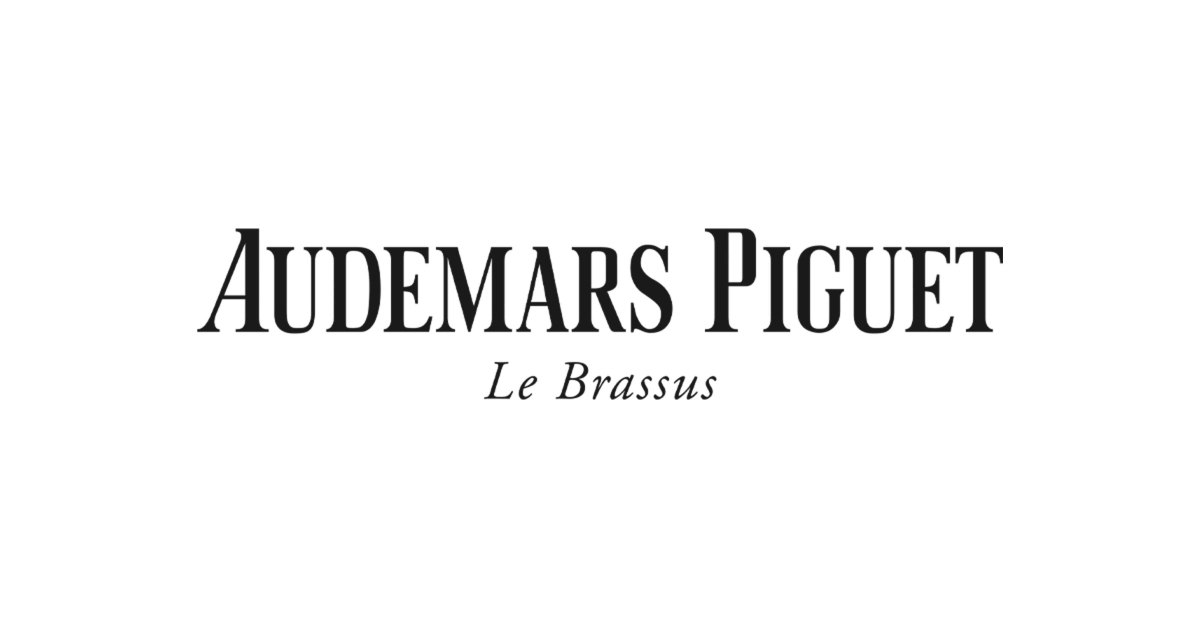
Audemars Piguet was among the primary watch brands to introduce a chatbot last December. The bot allows users to urge a glimpse of the brand’s Swiss roots.
Users are given the choice to settle on visiting Audemars Piguet’s home, which launches a video of the snowy Vallée de Joux or to browse its “winter” collection, which displays an inventory of the brand’s hottest timepieces set during a wintery environment.
Users can then choose from exploring a selected model or finding the closest boutique to travel to see it face to face.
Audemars Piguet’s bot is a nice start and at the very least cements the brand’s position as a digital experimenter in the luxury watch space.
4. Jaeger-LeCoultre
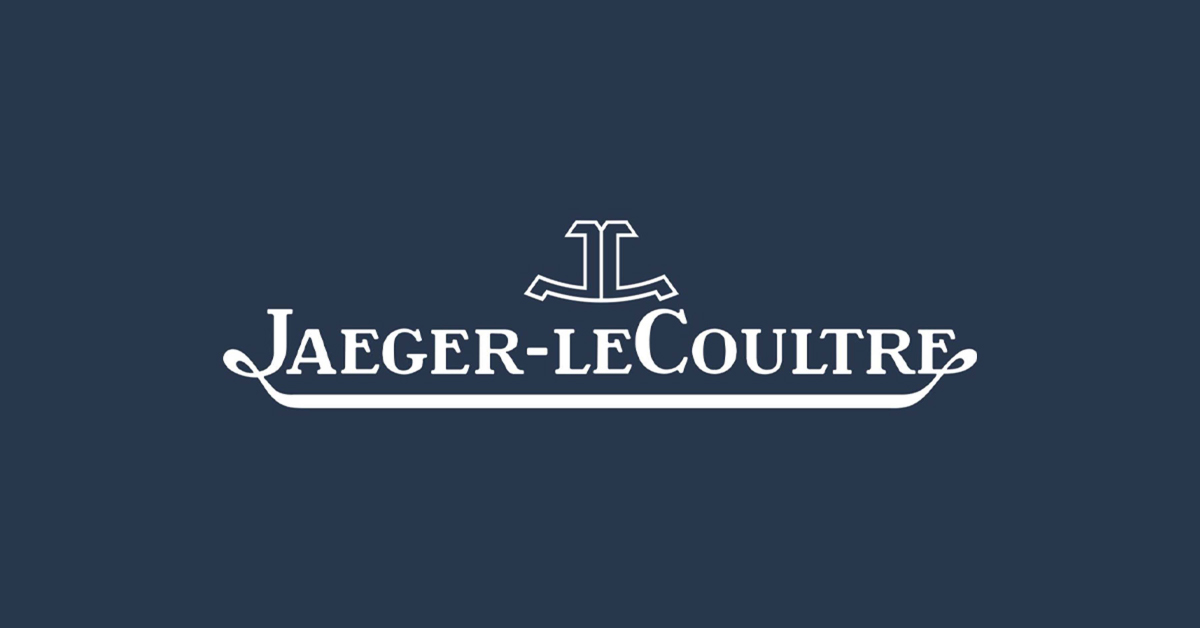
Richemont’s Jaeger-LeCoultre decided to focus its bot on customer service. Clients and fans can operate the chatbot to request support in choosing a belt or a watch.
The bot also offers some nice-to-have features, like “Watch Addict” which gives links to the brand’s Instagram and YouTube channels.
Given the posh watch industry’s sometimes slow adoption of the latest technologies, the Audemars Piguet and Jaeger-LeCoultre bots send a welcome sign to the industry generally, which shows that even highly-exclusive and traditional brands can experiment with new features and convey some innovation to the way they engage with their consumers.
5. Estée Lauder
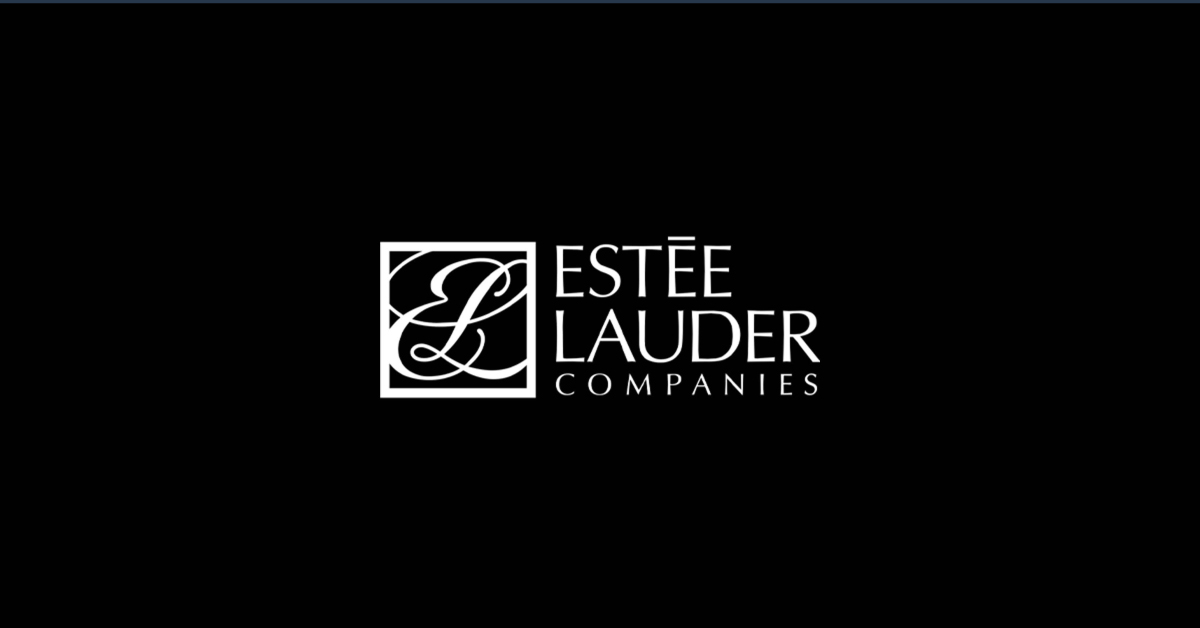
Estee Lauder started a shopping bot for the holiday period to platform the gap between online and offline.
The bot was straightforward to use, simple, with limited functions and rudimentary vocabulary, but it worked well and was perfect for somebody trying to find that last-minute inspiration to shop for a gift for their loved ones.
Once the selection was made, customers could choose between picking up the gift directly within the store or different delivery options, including express delivery.
Luxury consumers already spend an enormous part of their time on social media platforms, and more and longer on messaging apps like Facebook Messenger, WhatsApp, WeChat, and the like, so it’s no surprise that brands that pride themselves on their attentiveness to customers would imitate.
Experiences tailored to personalized needs
To remain relevant, luxury brands must invest in technologies that enhance their customers’ experience.
AI brings us closer to relevance at scale.
Luxury consumers have no patience for irrelevant offerings to find the product that they are looking for.
Leveraging big data to provide data-driven personalization to customers has already proven to open new growth opportunities for luxury brands.
Over 20% of all luxury sales will take place online by 2025 as consumers shy away from traditional commerce. This is the new normal.
Millennials and Generation Z consumers contributed to over 30% of all luxury spending. The latest numbers (from 2017) point to younger generations driving 85% of the global luxury growth.
Chatbots are no longer an option for luxury retailers. They are imperative business tools for brands to thrive and stay relevant.






